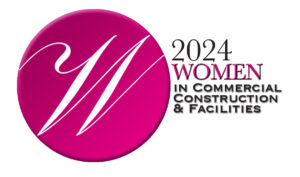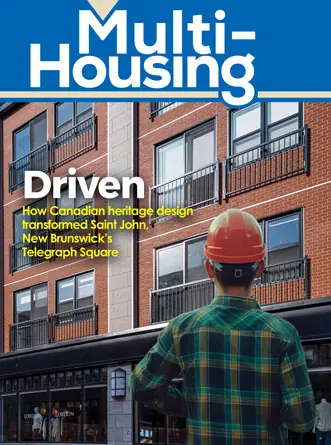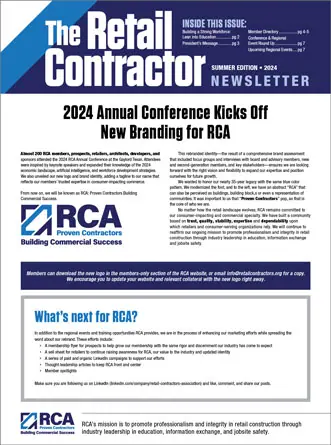Developing a new commercial property is an exciting and, at times, overwhelming experience. Every stage of the process, from design and planning through to construction, offers a variety of choices and options. While numerous decisions must be taken prior to and during construction, security and automation shouldn’t be treated as an afterthought.
For instance, choosing the ideal locations for the security system’s sensors, keypads, and Surveillance cameras, is a decision that should be made early and, if possible, put into the construction plans. This way engineers know to make accommodations for them if necessary.
Here we’ll look further into how to start security planning for your new property development from the ground up.

Photo by Nathy dog on Unsplash
What’s the purpose of a building security plan?
The purpose of building security planning is to assess risk and provide apt responses. A vital tool in that planning process is a well-thought-out access control plan. The risk analysis part of security planning tries to identify why, how, and where your building could be penetrated. For instance:
- Is it a landmark structure in a major city?
- Where is the majority of your business supplies, equipment, and inventory kept?
- Is it a prime target for terrorists because of its unique layout and huge traffic?
- Do your tenants include corporate data centers, foreign government agencies, and groups representing controversial issues?
A candid assessment of the above elements during building security planning helps determine why someone would want to gain unauthorized access to your building.
Identifying where an incursion could be made is a matter of scrutinizing all access points to your property and building, including walkways, roadways, windows, doors, ductwork, mechanical electrical and plumbing (MEP) systems, HVAC systems, and other openings.
Integrating security from the ground up
After you’ve completed the risk analysis, you’ll have the framework you need to build effective responses to the numerous threats you’ve discovered. Effective access control is pegged on the integration of three critical design elements, namely:
- Architectural elements may include physical barriers to entry like bollards, walls, turnstiles (personal barriers), natural foliage, and hardened building construction.
- Technical elements range from metal detectors, biometric systems to video security.
- Operational elements include policies and procedures and master plans performed by trained security officers.
Trends affecting access control and building security
Nowadays, building owners have prioritized access control to counter security risks such as violent ex-employees and well-equipped terrorists. This emphasis is evident in several emerging trends:
Fewer entry portals – Channeling people traffic via a restricted number of entry points gives security personnel more time to spot entrants, detect illegal entry portals, and respond to emergencies.
Mobile access control – Mobile credentials provide a more convenient and secure solution. Since people nowadays carry their smartphones with them everywhere, these gadgets have organically changed the access control industry.
Biometric technology – A popular trend in access control systems is employing biometric technology for commercial security solutions. Biometric-based access control technology uses facial recognition, retina scans, or fingerprints to verify your identity.
More attention to less obvious access portals – These days, during building security planning, attention is channeled to all the points where any form of threat – biological or physical – could enter the facility.
Higher levels of security staffing – It goes to reason that, as a building’s scanning and video systems expand, more security staff will be required to supervise and run them.
Closer cooperation with law enforcement – The communication channels between building security and Federal, state, and local government agencies have widened. In short, nowadays, building managers regularly involve law enforcement in their security planning processes.
Integration is the secret to better building security
Unfortunately, there are no compact, one-size-fit-all, and 100 percent accurate access control solutions on the market. Nor is there a miraculous formula for access control or a guide from which building managers can select the ideal system for security planning.
The most practical way to attain the necessary level of access control for your building security planning is to develop an integrated approach to match your needs. You achieve this by evaluating your risk exposure, examining your building’s core function, and then selecting technical systems and security staffing levels that offer the results you seek while staying within your budgetary limitations.








 The 2024 virtual Men’s Round Table will be held Q4, 2024, date TBD.
The 2024 virtual Men’s Round Table will be held Q4, 2024, date TBD.












